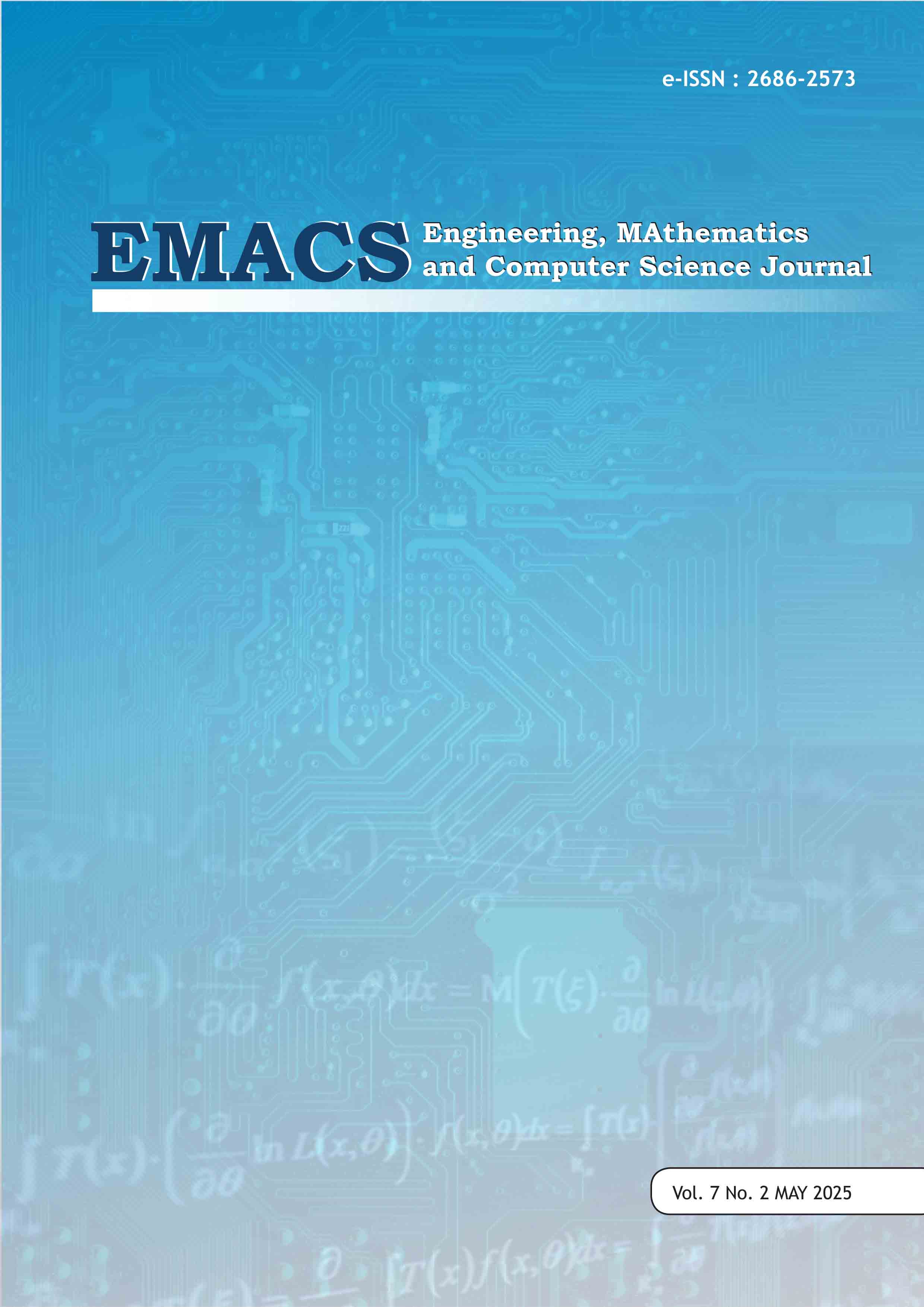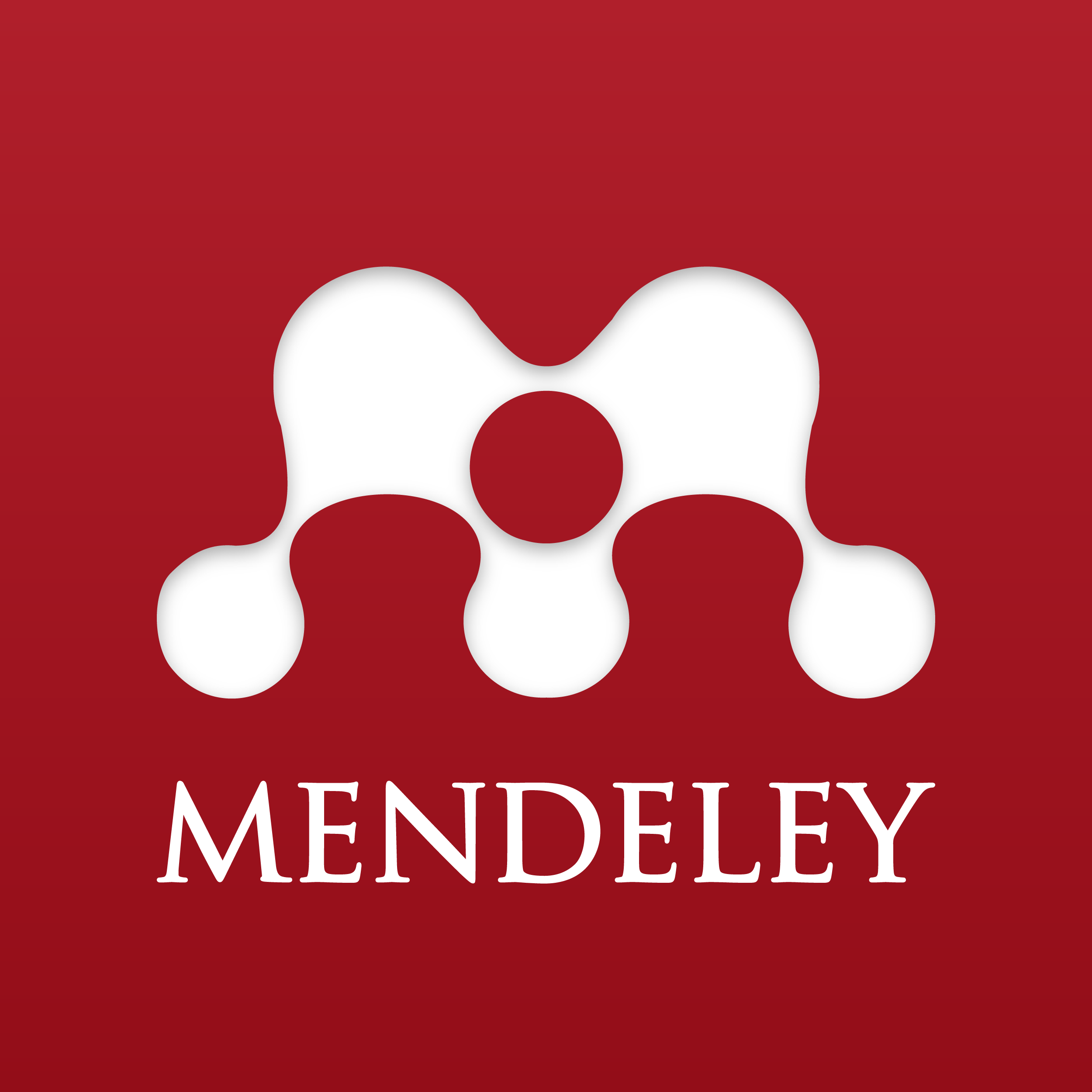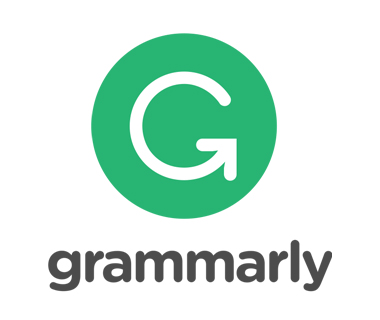'DREAMS D': New Matrix Evaluation for Software Architecture
DOI:
https://doi.org/10.21512/emacsjournal.v7i2.13003Keywords:
Microservices, Monolithic, Software Architecture, Deployment, EvaluationAbstract
The microservices software architecture is highly popular and commonly used in developing large-scale systems. Does this mean that microservices are superior, or could older architectures like monolithic be more adaptable to modern developments? The selection of software architecture is crucial to support overall system performance, quality, and user experience. Effective evaluation also plays a significant role in assessing system performance. In this paper, an evaluation matrix model is proposed, called 'DREAMS D,' comprising of seven vital components to test the quality of systems built using specific architectures. The focus is on microservices and monolithic architecture as our sample Software Architectures. The evaluation is conducted through a systematic review, and each architecture is scored based on factors such as Development, Response time, Error handling, Availability, Maintenance, Scalability, and Deployment. The result shows that microservices architecture scores higher in most evaluation criteria, suggesting better suitability for complex and adaptive systems. However, monolithic architecture may still be appropriate for simpler systems due to its lower cost and straightforward integration. This study provides a structured and measurable framework for assisting developers and organizations in making strategic decisions when choosing or transitioning between software architectures. The DREAMS D matrix can be used as a reference model for future evaluations or as a foundation for extending the framework to other architectural paradigms such as serverless or event-driven systems.
References
Aksakalli, I. K., Celik, T., Can, A. B., & Tekinerdogan, B. (2021). Systematic approach for generation of feasible deployment alternatives for microservices. IEEE Access, 9, 29505–29529. https://doi.org/10.1109/ACCESS.2021.3057582
Amurrio, A., Azketa, E., Gutierrez, J. J., Aldea, M., & Harbour, M. G. (2020). Response-time analysis of multipath flows in hierarchically-scheduled time-partitioned distributed real-time systems. IEEE Access, 8, 196700–196711. https://doi.org/10.1109/ACCESS.2020.3033461
Auer, F., Lenarduzzi, V., Felderer, M., & Taibi, D. (2021). From monolithic systems to microservices: An assessment framework. Information and Software Technology, 137, 106600. https://doi.org/10.1016/j.infsof.2021.106600
Bajaj, D., Bharti, U., Goel, A., & Gupta, S. C. (2021). A prescriptive model for migration to microservices based on SDLC artifacts. Journal of Web Engineering, 20(3), 817–852. https://doi.org/10.13052/jwe1540-9589.20312
Bao, T., Liu, S., & Wang, X. (2011). Research on trustworthiness evaluation method for domain software based on actual evidence. Chinese Journal of Electronics, 20(2), 195–199.
Blinowski, G., Ojdowska, A., & Przybyłek, A. (2022). Monolithic vs. microservice architecture: A performance and scalability evaluation. IEEE Access, 10, 20357–20374. https://doi.org/10.1109/ACCESS.2022.3152803
Cerny, T., et al. (2020). On code analysis opportunities and challenges for enterprise systems and microservices. IEEE Access, 8, 159449–159470. https://doi.org/10.1109/ACCESS.2020.3019985
Chechina, N., et al. (2017). Evaluating scalable distributed Erlang for scalability and reliability. IEEE Transactions on Parallel and Distributed Systems, 28(8), 2244–2257. https://doi.org/10.1109/TPDS.2017.2654246
Dragoni, N., et al. (2017). Microservices: Yesterday, today and tomorrow. In Present and Ulterior Software Engineering (pp. 195–216). Springer. https://doi.org/10.1007/978-3-319-67425-4_12
Hasselbring, W. (2018). Software architecture: Past, present, future. In The Essence of Software Engineering (pp. 169–184). Cham, Switzerland: Springer.
Lewis, J., & Fowler, M. (2014, March). Microservices: A definition of this new architectural term. https://www.martinfowler.com/articles/microservices.html
Lim, S., Henriksson, A., & Zdravkovic, J. (2021). Data-driven requirements elicitation: A systematic literature review. Social Networking and Computational Science, 2(1), 1–35.
Malhotra, A., Elsayed, A., Torres, R., & Venkatraman, S. (2024). Evaluate canary deployment techniques using Kubernetes, Istio, and Liquibase for cloud native enterprise applications to achieve zero downtime for continuous deployments. IEEE Access, 12, 87883–87899. https://doi.org/10.1109/ACCESS.2024.3416087
Mendonça, N. C., Box, C., Manolache, C., & Ryan, L. (2021). The monolith strikes back: Why Istio migrated from microservices to a monolithic architecture. IEEE Software, 38(5), 17–22. https://doi.org/10.1109/MS.2021.3080335
Pfleeger, S. L., & Atlee, J. M. (2015). Software engineering: Theory and practice. Pearson
Phung, K., Ogunshile, E., & Aydin, M. (2023). Error-Type—A novel set of software metrics for software fault prediction. IEEE Access, 11, 30562–30574. https://doi.org/10.1109/ACCESS.2023.3262411
Posta, C. (2016). Microservices for Java developers: A hands-on introduction to frameworks containers. O’Reilly Media.
Rajesh, R. (2016). Spring microservices. Packt Publishing.
Sahlabadi, M., Muniyandi, R. C., Shukur, Z., & Qamar, F. (2022). Lightweight software architecture evaluation for industry: A comprehensive review. Sensors, 22(3), 1252.
Sommerville, I., & Sawyer, P. (2014). Requirements engineering: A good practice guide. John Wiley & Sons.
Tlili, L., & Chelbi, A. (2022). Availibility modeling for dependent competing failure process of deteriorating systems. In 2022 IEEE Information Technologies & Smart Industrial Systems (ITSIS) (pp. 1–6). IEEE. https://doi.org/10.1109/ITSIS56166.2022.10118425
Venters, C. C., Capilla, R., Betz, S., Penzenstadler, B., Crick, T., Crouch, S., et al. (2018). Software sustainability: Research and practice from a software architecture viewpoint. Journal of Systems and Software, 138, 174–188.
Yan, B., Yao, H.-P., Nakamura, M., Li, Z.-F., & Wang, D. (2020). A case study for software quality evaluation based on SCT model with BP neural network. IEEE Access, 8, 56403–56414. https://doi.org/10.1109/ACCESS.2020.2981872
Yang, F., Mei, H., Lu, J., & Jin, Z. (2002). Some discussion on the development of software technology. Acta Electronica Sinica, 30(12A), 1901–1906.
Yang, T., Jiang, Z., Shang, Y., & Norouzi, M. (2021). Systematic review on next-generation web-based software architecture clustering models. Computer Communications, 167, 63–74.
Zhang, X., Tan, Y., & Yang, Z. (2021). Analysis of impact of requirement change on product development progress based on system dynamics. IEEE Access, 9, 445–457. https://doi.org/10.1109/ACCESS.2020.3046753
Zhou, H., Gao, S., Qi, F., Luo, X., & Qian, Q. (2020). Selective maintenance policy for a series-parallel system considering maintenance priority of components. IEEE Access, 8, 23221–23231. https://doi.org/10.1109/ACCESS.2020.2969279
Downloads
Published
How to Cite
Issue
Section
License
Copyright (c) 2025 Zulfany Erlisa Rasjid, Ivana Yoshe Aldora, Welly Piyono, Risma Yulistiani, Hady Pranoto

This work is licensed under a Creative Commons Attribution-ShareAlike 4.0 International License.
Authors who publish with this journal agree to the following terms:
- Authors retain copyright and grant the journal right of first publication with the work simultaneously licensed under a Creative Commons Attribution License - Share Alike that allows others to share the work with an acknowledgment of the work's authorship and initial publication in this journal.
- Authors are able to enter into separate, additional contractual arrangements for the non-exclusive distribution of the journal's published version of the work (e.g., post it to an institutional repository or publish it in a book), with an acknowledgment of its initial publication in this journal.
- Authors are permitted and encouraged to post their work online (e.g., in institutional repositories or on their website) prior to and during the submission process, as it can lead to productive exchanges, as well as earlier and greater citation of published work.
USER RIGHTS
All articles published Open Access will be immediately and permanently free for everyone to read and download. We are continuously working with our author communities to select the best choice of license options, currently being defined for this journal as follows: Creative Commons Attribution-Share Alike (CC BY-SA)





